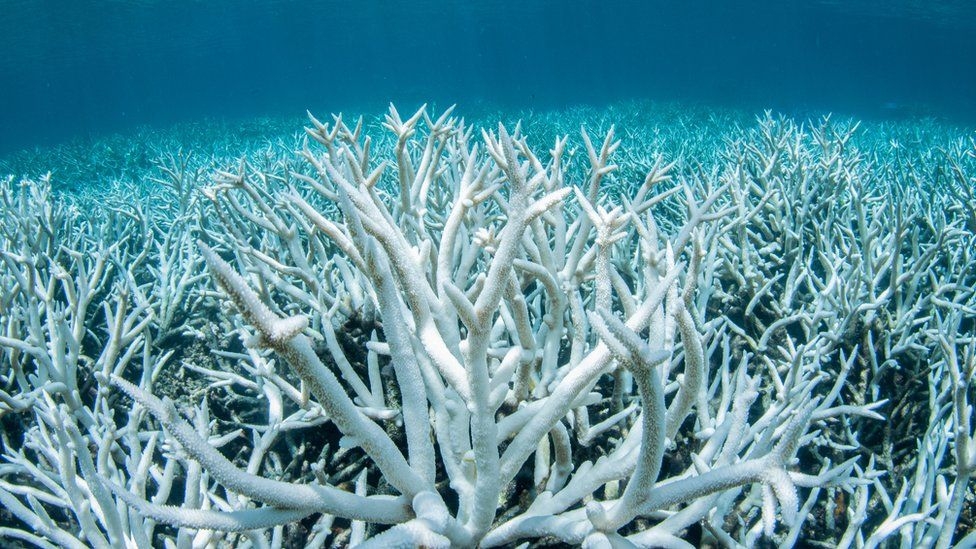Climate-laggard Australia vows to reach net zero

One of the world's most criticized polluters, Australia, has promised it will achieve net zero carbon emissions by 2050.
PM Scott Morrison made the long-delayed pledge after bargaining with resistant MPs within his government.
He said Australia had a plan to lower emissions, but it does not include ending its massive fossil fuel sectors.
The nation will also not set ambitious targets for 2030 - an objective of next month's COP26 global climate summit.
"We won't be lectured by others who do not understand Australia. The Australian Way is all about how you do it, and not if you do it. It's about getting it done," Mr Morrison wrote in a newspaper column on Tuesday.
To halt the worst effects of climate change, nations have pledged to limit rising temperatures to 1.5C by 2050.
This requires cutting emissions by 45% by 2030 and reaching net zero by 2050, scientists say.
Australia has long dragged its heels on climate action, putting it increasingly at odds with strategic allies including the US and UK.
It is one of the dirtiest countries per head of population and a leading global supplier of coal and gas.
Controversially, Australia's 2050 pledge offers no concrete plans to limit mining for fossil fuels.
"We want our heavy industries, like mining, to stay open, remain competitive and adapt, so they remain viable for as long as global demand allows," Mr Morrison wrote.
He said it was "not a straight line" to net zero, meaning Australia would first invest in more gas and solar to meet its electricity needs.
This was crucial to limiting the financial burden on rural and other communities, he said.
Mr Morrison's pledge comes after his Liberal Party reached an agreement with its junior coalition partner, the National Party, which has many constituencies in rural and mining communities.
Australia joins more than 100 countries that have committed to reaching net zero emissions.
Net zero means not adding to the amount of greenhouse gases in the atmosphere.
It is achieved by a combination of cutting emissions as much as possible - mainly by reducing gases like carbon dioxide (CO2), which are released in the use of fossil fuels - and so-called offsetting measures, such as planting trees and carbon-capture technology.
